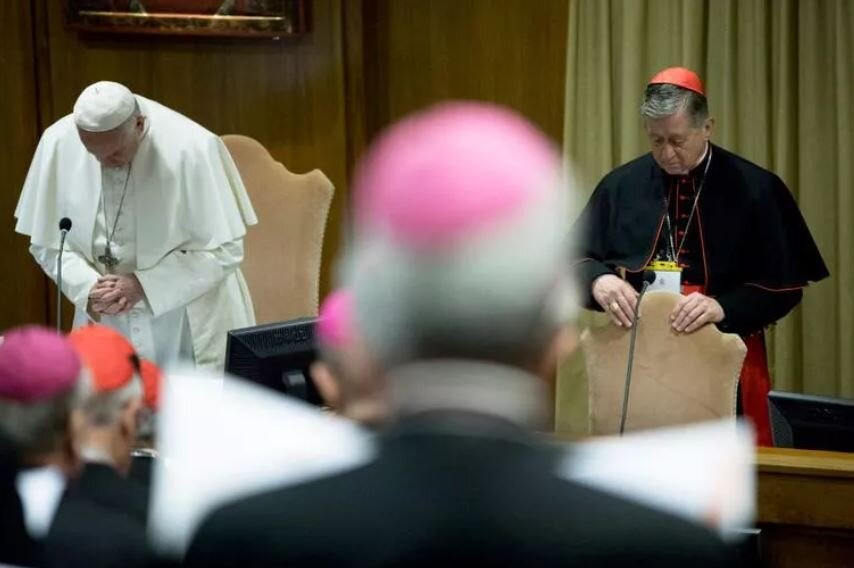Cardinal Cupich Seems to Be the Vatican’s Choice
National Catholic Register, 05 February 2021
All popes have their favorites in the US. However, papal favor is not equivalent to wise pastoral leadership.
Much was made of Cardinal Blase Cupich’s meeting with Pope Francis, just 10 days after his public criticism of the inauguration day statement of Archbishop José Gomez, president of the U.S. bishops’ conference.
What did the meeting mean? A reliable guide to the thinking of the inner circle of Pope Francis is America magazine’s Gerard O’Connell, a long-time Vatican reporter who has become a most useful court stenographer of the current pontificate, providing annotated press releases when needed to stress what the Holy Father wants stressed.
O’Connell wrote that the point of the publicized meeting was to show that Cardinal Cupich is the Pope’s man in the United States, and that Archbishop Gomez was offside with papal priorities.
More analysis was provided here by Joan Frawley Desmond, who noted that it is hardly news that Cardinal Cupich is the Pope’s man in the U.S.; she rehearses all the papal favor heaped upon him.
Despite all that, Cardinal Cupich has not proved particularly successful in persuading his brother bishops to follow his lead. Indeed, Desmond illustrates that Cupich has always been something of an outlier and even after six years in Chicago, remains such.
It might help to consider Cardinal Cupich’s current situation in a broader context. First, what it means to be the “pope’s man” in a certain country. Second, from the point of view of Archbishop Gomez, what it means to be perceived as offside with the pope’s priorities.
Picking the Pope’s Man
When Bishop Blase Cupich was elevated from Spokane to Chicago in 2014, contrary to many expectations, it was widely recognized that, 18 months after his election, Pope Francis had used his first major appointment to give new direction to the Church in the United States. That is not only the Pope’s prerogative, it is to be expected. In a large and complex country, the Holy Father needs a local proxy, as it were, to reflect and bear witness to his priorities.
Perhaps the best example of this was the even more surprising elevation of Bishop John O’Connor from Scranton, Pennsylvania, to New York in 1984 by Pope St. John Paul II.
Coming from a career in the military chaplaincy, Cardinal O’Connor had only been in Scranton seven months when John Paul chose him for the most prominent see in the country.
In short order, Cardinal O’Connor would become the exemplar of the John Paul bishop in the United States — even if at times it would put him at odds with the leadership of the USCCB. So it is not at all news, nor even troublesome, that Cardinal Cupich, the Francis bishop, might find himself in a similar situation.
Continue reading at the National Catholic Register.
